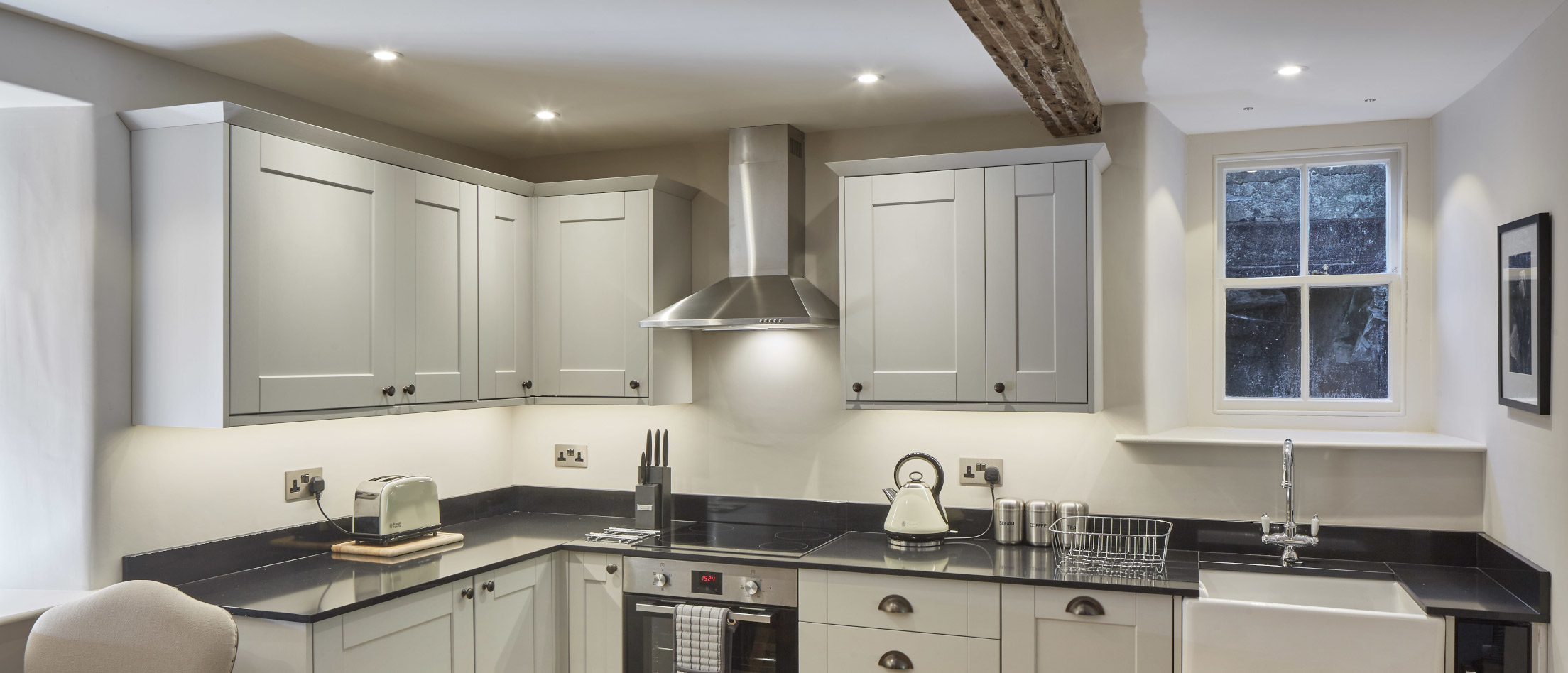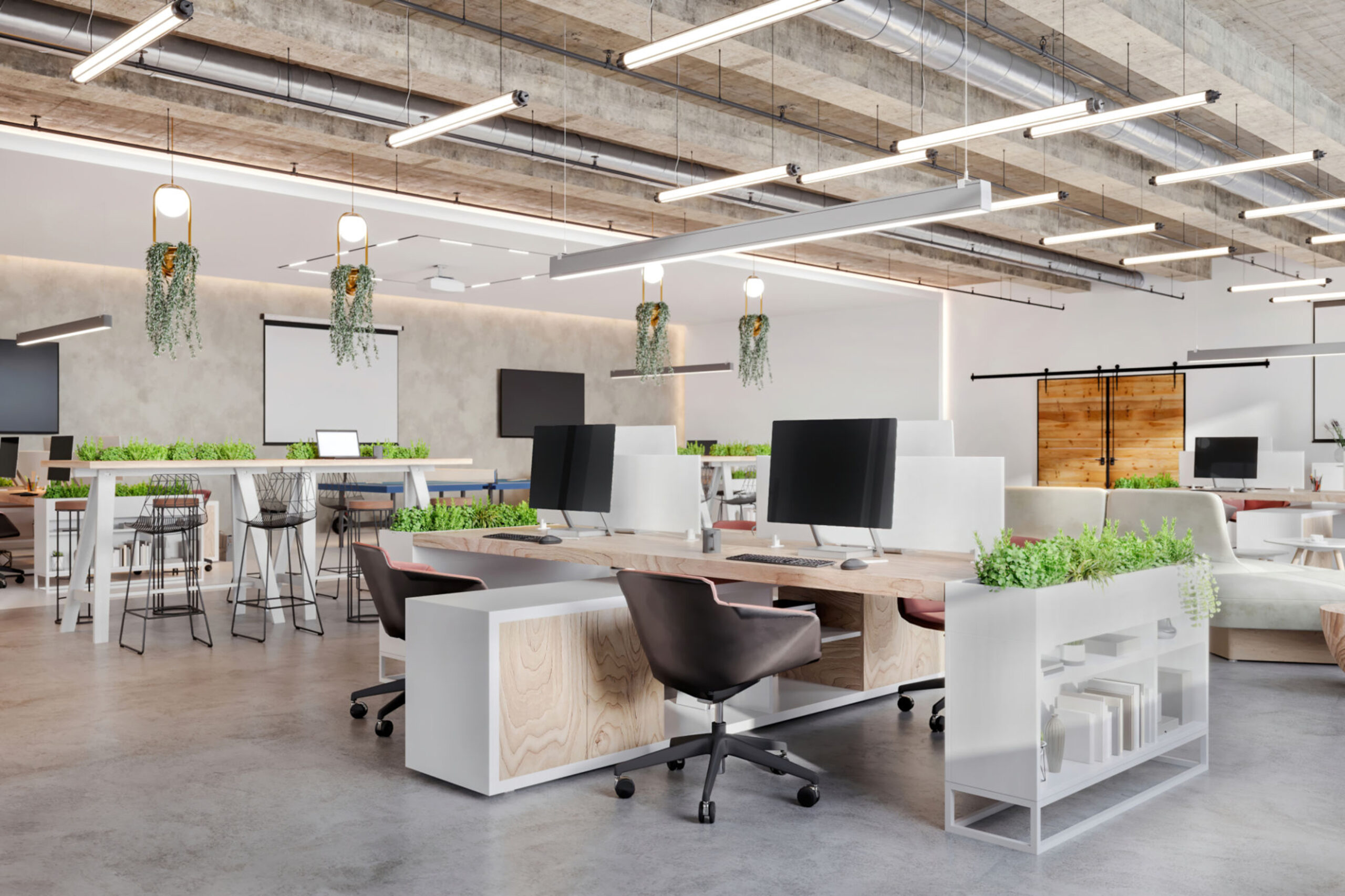There are times when you must select low glare fittings such as in offices and classrooms, but there are many more instances where you should consider them to avoid your customer being uncomfortable with your installation.
We’ve all suffered from glare at some point, whether it’s due to a direct light source or even a reflection, it causes discomfort and can even impair our vision.
It is often caused by poor lighting distribution and an overbright light source that is in our field of view. You should aim to avoid it to keep your customer happy.
Glare in the Home
If people spend a long time in a room, then glare will cause eyestrain and fatigue. You need to consider whether the room has reflective surfaces such as worktops, glossy tiles or TVs which can all reflect an overly harsh light source.
Rooms that might benefit from low glare lighting include the kitchen and dining areas where reflective surfaces are common, living rooms, and home offices. For the latter you should certainly opt for UGR 19 fittings or indirect lighting to prevent screen reflections.


Glare in the Workplace
People need to concentrate at work, and glare can reduce productivity cause eyestrain and lead to headaches. If people use screens, such as laptops or monitors then reflections from poorly directed light sources will make it hard for people to see what they are doing.
In offices and schools, especially classrooms, you should aim for a UGR of 19 or less. But you should also minimise glare in hospitality and retail settings where it can make a space uncomfortable, which is a big problem when your customer wants people to enjoy their environment.
Low glare luminaires
If glare could be an issue, then choosing the right fittings for an installation will make a huge difference.
Downlights are a popular choice for general or ambient lighting in many settings where glare could be an issue – such as kitchens or commercial offices. If in doubt, then specify low glare fittings with a UGR of 19 or less such as from our Deco or 1901 ranges. It’s also worth knowing that black reflectors will help absorb excess brightness to help create softer lighting.
But also consider:
- Indirect or diffused light from LED strips or wall washers
- Pendant lighting
- Spotlights to direct the light where it is needed
- Track lighting for positional and directional control
- Panel luminaires with low UGR such as our Solis range
- Dimming to give your customer more control over their lighting

Good lighting design
Lighting sets the tone for a room, whether that is to relax and socialise or to aid concentration and productivity. A good lighting design considers many factors such as layering the light to create interest, getting the light levels right, considering the colour temperature and of course avoiding glare.



